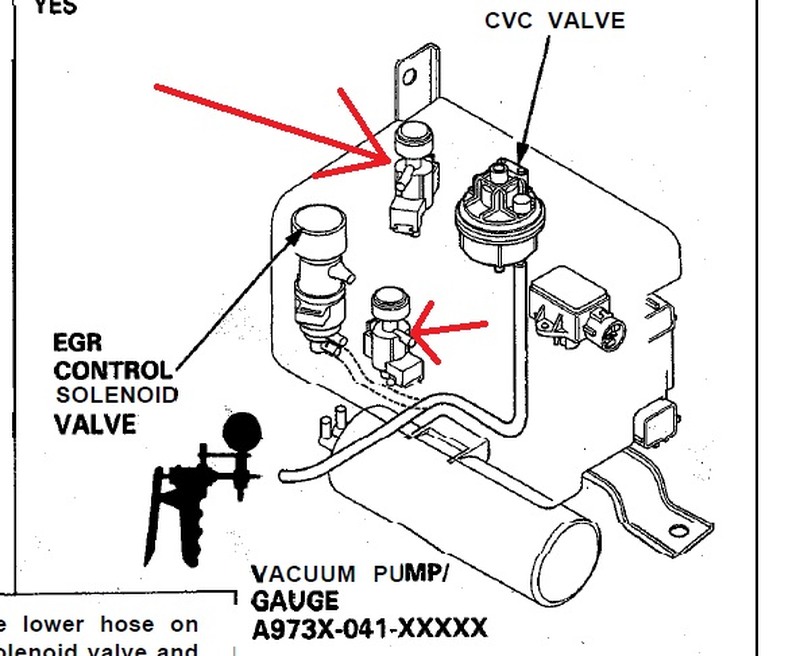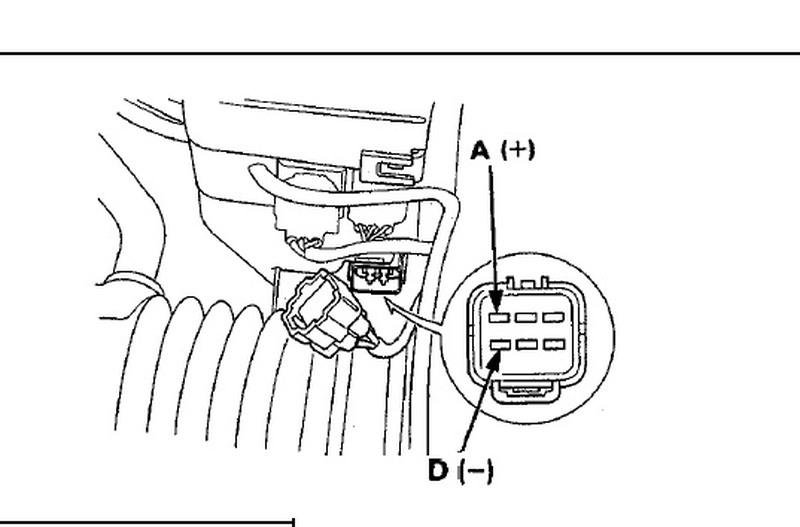No, I'm about to run the car off a cliff....but we have no cliffs in Houston.
Stupid question, did you ever get the header tested for a leak? Seems weird that no shops in the area could figure it out.
No, I'm about to run the car off a cliff....but we have no cliffs in Houston.
Just throwing in: what about EGR.
Just a comparison: my Insight I has lean-burn-mode. The EGR potentiometer was worn and let the whole engine shake under light-throttle-conditions, esp. in lean-burn (AFR 25:1) because the EGR potentiometer was giving the ECU wrong data. After replacing the EGR unit it runs like a champ again.
A bad EGR on older Hondas is every common, not sure about the NSX though.
For testing you could disconnect the EGR plug and see if it improves. It will throw a code but nothing to worry.
Stupid question, did you ever get the header tested for a leak? Seems weird that no shops in the area could figure it out.
Not a stupid question at all. They did find a leak, fixed it, and then found another leak at the collector. I was told they can't fix it however because it's stainless steel? Told me to purchase some "muffler cement." I'm going to take it somewhere else.
Thanks goldNSX. I am going to try this tonight.
How much load in % of throttle position?but underload, it again started bogging and hesitating. :frown:
I think I've encountered this similar issue as the OP a handful of times, all of them were on the freeway. However one thing to note that I've noticed is that the TCS light flickers when I feel that hesitation. Is that similar to anyones experiences or anyone know what might be the culprit?
I think I've encountered this similar issue as the OP a handful of times, all of them were on the freeway. However one thing to note that I've noticed is that the TCS light flickers when I feel that hesitation. Is that similar to anyones experiences or anyone know what might be the culprit?
It looks as is they don't think it to be a frequent part to replace or they had so many replacement...EGR Control Solenoid is on back order. He checked every dealership in the country and was unable to located one. I guess if I can't clean it, I'll post an ad here or look for one out of a Legend at my local salvage yard.
Just spoke with my local Acura parts guy. EGR Control Solenoid is on back order. He checked every dealership in the country and was unable to located one. I guess if I can't clean it, I'll post an ad here or look for one out of a Legend at my local salvage yard.
After reading all of this I would check and confirm the TPS is working correctly. The ECU knowing where the throttle is and what manifold pressure is pivotal to properly controlling the fuel air ratio.
I presume a quick test would be to turn off TPS? Or maybe even disconnect it all together and see if that is the solution?
Throttle Position Sensor
Just spoke with my local Acura parts guy. EGR Control Solenoid is on back order. He checked every dealership in the country and was unable to located one. I guess if I can't clean it, I'll post an ad here or look for one out of a Legend at my local salvage yard.


